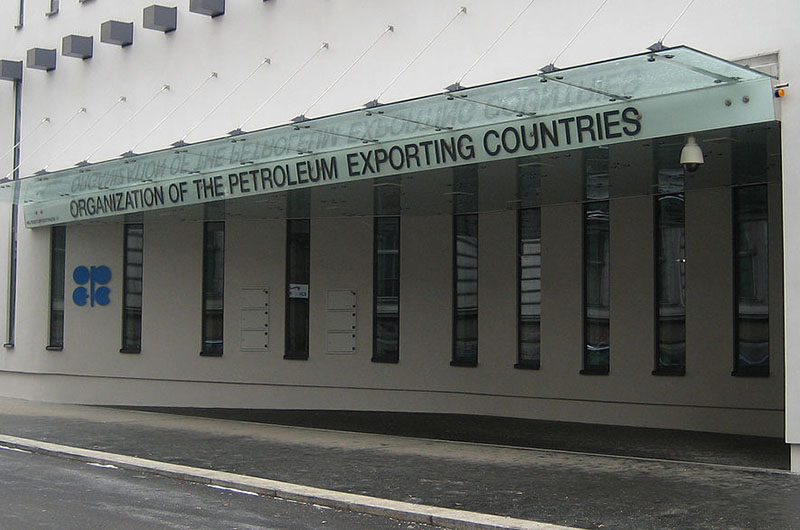Last week at the energy industry’s largest cheerfest, CERAWeek, oil executives lauded the progress they have made in reducing company cost structures while sustaining — and now boosting — their output.
Speaking at the conference in Houston, Saudi Arabia’s oil minister, Khalid al-Falih, proclaimed that strong compliance on OPEC’s late 2016 production cut agreement was the key to driving the global oil market to a rebalanced status, potentially by mid-year. At the same time, he pointed out that the factors leading energy company executives to cheer their progress could create future market problems that OPEC was not about to deal with alone.
The sharp drop in oil prices late last week — over 5% — was reportedly caused by the sharp increase in U.S. oil inventories. The weekly storage report showed more oil placed in storage than analysts had anticipated, nearly a fourfold increase.
However, a significant drawdown of refined petroleum products — gasoline, diesel and heating oil — went overlooked (and largely offset the crude oil storage build). Importantly, the oil storage increase was not out of line with historical weekly increases at this time of the year when refineries are not operating due to maintenance.
A greater threat to oil prices came from projections of slowing economic growth in developing economies and in China. An economist with Capital Economics forecast that developing economies would only grow at an average of 4% per year over the next decade, two-thirds the rate of growth of the past decade. In China, the government announced that its growth target for 2017 was lowered to “around 6.5 percent or higher if possible,” down from 6.7% reported last year. That growth rate would be the lowest for China in a quarter century, with negative implications for the country’s use of oil.
The slower growth news coincided with record bullish bets from crude oil traders that prices were heading higher. The history of oil traders’ ownership of oil futures contracts shows that peaks in bullishness are typically reached almost exactly as crude oil prices reverse direction. This time is proving no different. This phenomenon most likely occurs because the bullish futures contract purchases help drive oil prices higher, and when the buying stops the weight of the positions eventually drives them down.
The Saudi Arabia oil minister’s comments that OPEC would not solely support the oil market in its recovery efforts stirred the pot precisely because Saudi Arabia’s shifts in its oil policy since the fall of 2014 have disrupted the industry’s global stability. It seems the country is not opposed to continuing to be a disruptive force.
If nothing else, CERAWeek provided the message that disruption in the energy business has become the norm rather than the exception. People should prepare to react to alternative scenarios for oil prices and industry activity.




